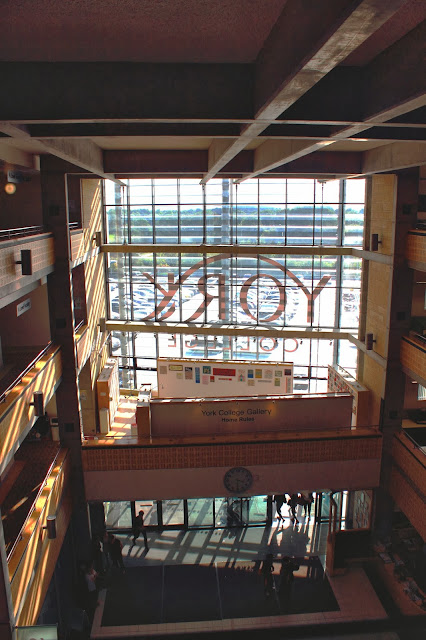Brief for
photojournalism.
I intend to produce a series of images of people and their
environment, this series will include images from people on the streets and how
the interact with daily life. People who are on their way to work, people in
the streets or at work, i.e. the Saturday and Wednesday markets in York and
Beverley. People and others, this will be how they interact with others in
their day to day routines and strangers who they bump into in the street. I
will also include people within the college, staff and students and how their
college life flows.
I am influenced by mainly two photographers, one is
extremely well known in street photography from the less…modern era. Henri
Cartier – Bresson he influences me in the kind of how he uses composition and
elements within the image to create the composition that makes the effect or
mood that he wants to portray.
The second photographer who influences me is modern; Eric
Kim shoots people on the streets… NOT in that way that many of you are probably
thinking about… He has a creative eye and wanders the streets of Hong Kong,
taking images of people who are at work or in their daily routine. These two
artists will blend together to create a well composed and creative image.
I will produce the images in a high contrast black and white
with punchy shadows to create an enticing image. The reason I chose to take
them in black and white is it can force me to contrast (see what I did there)
more on the composition and mood of the image its self and people can focus on
the people in the image rather than the colors or anything else.


















































